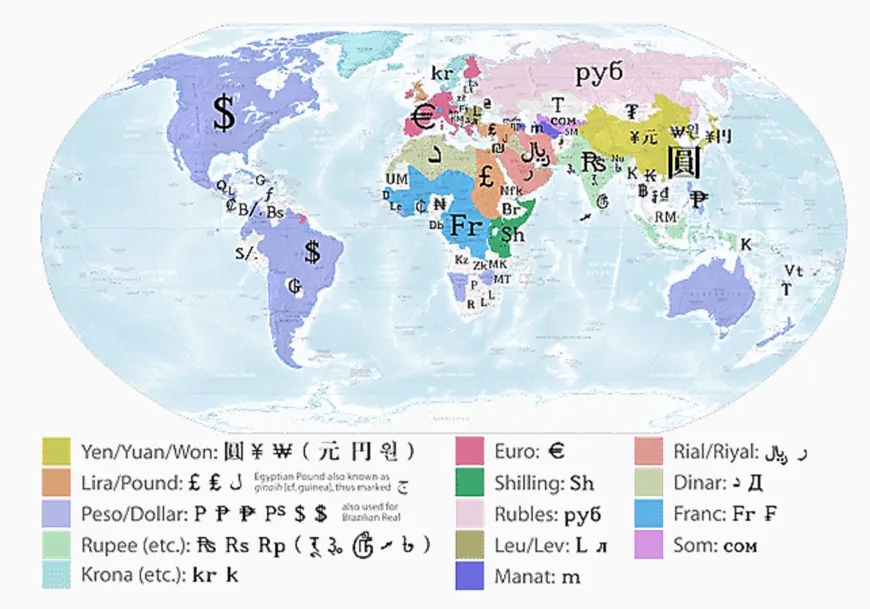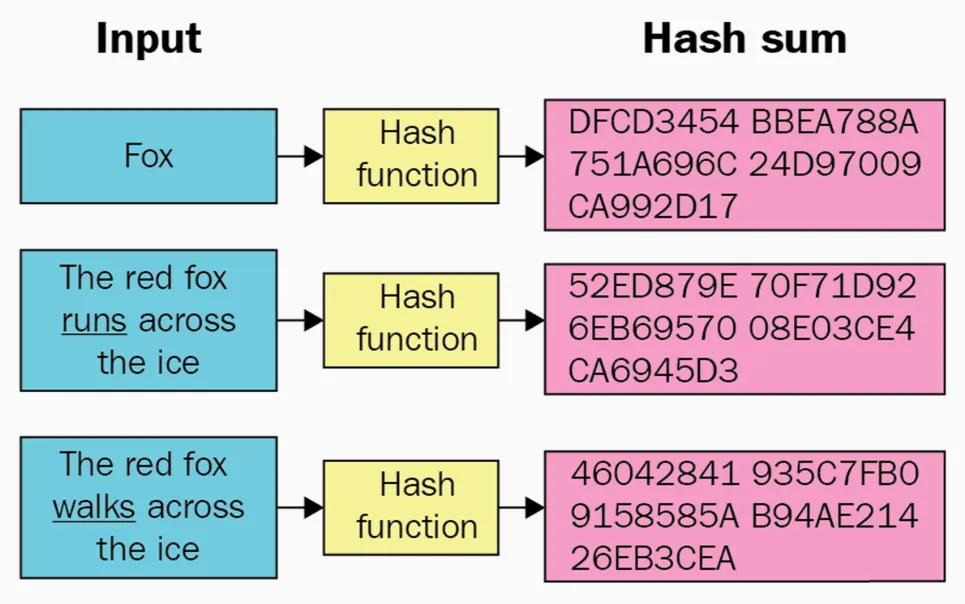
Learn Bitcoin and Blockchain
Understanding blockchain and Bitcoin architecture to build decentralized applications
- 94 pages
- English
- ePUB (mobile friendly)
- Available on iOS & Android
Learn Bitcoin and Blockchain
Understanding blockchain and Bitcoin architecture to build decentralized applications
About This Book
Get up and running with the fundamentals of Bitcoin and blockchain
Key Features
- Learn quick, effective, and easy ways to master blockchain and Bitcoin
- Understand the impact of decentralization and discover ways to tackle it
- Explore the future of Bitcoin and blockchain and implement them in a business network
Book Description
Blockchain is a distributed database that enables permanent, transparent, and secure storage of data. Blockchain technology uses cryptography to keep data secure. Learn Bitcoin and Blockchain is the perfect entry point to the world of decentralized databases.
This book will take you on a journey through the blockchain database, followed by advanced implementations of the blockchain concept. You will learn about Bitcoin basics and their technical operations. As you make your way through the book, you will gain insight into this leading technology and its implementation in the real world. You will also cover the technical foundation of blockchain and understand the fundamentals of cryptography and how they keep data secure. In the concluding chapters, you'll get to grips with the mechanisms behind cryptocurrencies.
By the end of this book, you will have learned about decentralized digital money, advanced blockchain concepts, and Bitcoin and blockchain security.
What you will learn
- Understand the concept of decentralization, its impact, its relationship with blockchain technology and its pros and cons
- Learn blockchain and Bitcoin architectures and security
- Explore Bitcoin and blockchain security
- Implement blockchain technology and its features commercially
- Understand why consensus protocols are critical in blockchain
- Get a grip on the future of blockchain
Who this book is for
Learn Bitcoin and Blockchain is for anyone who wants to quickly understand and expand their knowledge of how blockchain and Bitcoin work and how they are applied commercially. No prior knowledge of blockchain and Bitcoin is required.
Frequently asked questions
Information
Introduction to Blockchain and Bitcoin
- Cryptography and cryptocurrency
- History and introduction to Bitcoin
- An introduction to blockchain
- Comparing private, public, and consortium blockchains
An introduction to cryptography and cryptocurrency
Workings and security of fiat currencies

- These are owned by the governments of countries
- They are centrally controlled through banks or legal entities
- They are inflationary, meaning the value of a currency decreases
- They include various security properties to prevent counterfeiting and cheating, but it is not impossible to counterfeit them

Understanding cryptocurrency and its uses
- It is a digital asset used as a medium of exchange
- It secures transactions and controls supply by using cryptography
- It is a subset of alternative currencies
- In 2008, the first decentralized cryptocurrency was conceptualized
- Cryptocurrency is digital money, while the underlying technology that enables the moving of digital coins or assets between individuals is called blockchain
Hash function
- Any input that we provide, be it a string, number, floating number, or anything, can be of any size
- It produces a fixed-size output such as a 128-bit hash outcome or even a 256-bit outcome
- It is collision-resistant
- It hides the data within it

Digital signature
- You can create your own signatures, but they can be verified by another person too
- The signature is tied to a particular document or message so that it cannot be used again and again for different documents and messages

An introduction to Bitcoin
- It's an international network of payments.
- It uses cryptography to control its creation and management, rather than relying on central authorities such as governments, banks, union territories, or intermediaries.
- It's not printed but is produced by people using software that solves mathematical problems.
- It is controlled and limited in supply, which arrests the hyperinflation problem. For example, whenever African countries were short of currency notes, they had to print more notes, which resulted i...
Table of contents
- Title Page
- Copyright and Credits
- Packt Upsell
- Contributor
- Preface
- Introduction to Blockchain and Bitcoin
- Fundamentals of Decentralization
- Advanced Blockchain Concepts
- Bitcoin and Blockchain Security
- Other books you may enjoy